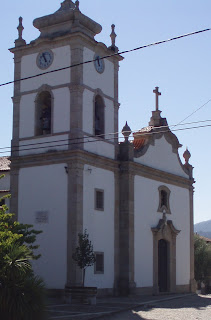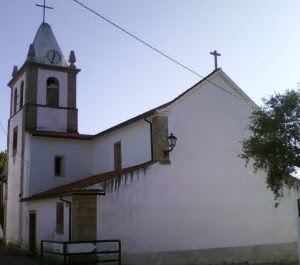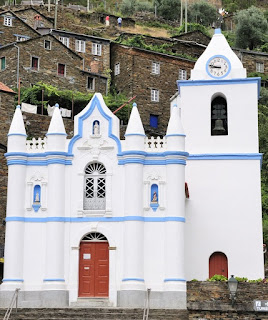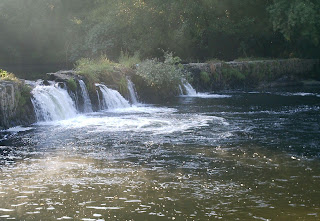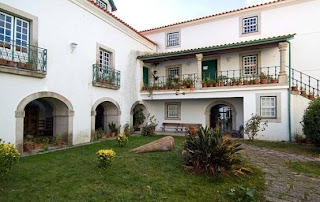
The Folques Monastery, located in the Town of Folques, is of medieval origin and is situated in a valley near the riverside of Folques, whose elements are the oldest bell tower and the cloisters, the fifteenth century, built in XVII century building.
The monastery has Baroque elements, a second cloister and wooden altars in the church. Dating from the eighteenth century, this church is dedicated to St. Peter and has in its interior altarpieces (main and side) of wood carved in the late seventeenth century, limestone sculptures of the fifteenth century representing various saints, wooden sculptures of the eighteenth century on behalf São Teotónio and a holy water font, Manueline.Classification of Property of Public Interest includes the filling and artistic adjacent fifth.
It is currently deployed in a local vocational training school, which enjoys the rich surrounding landscape of the region.



